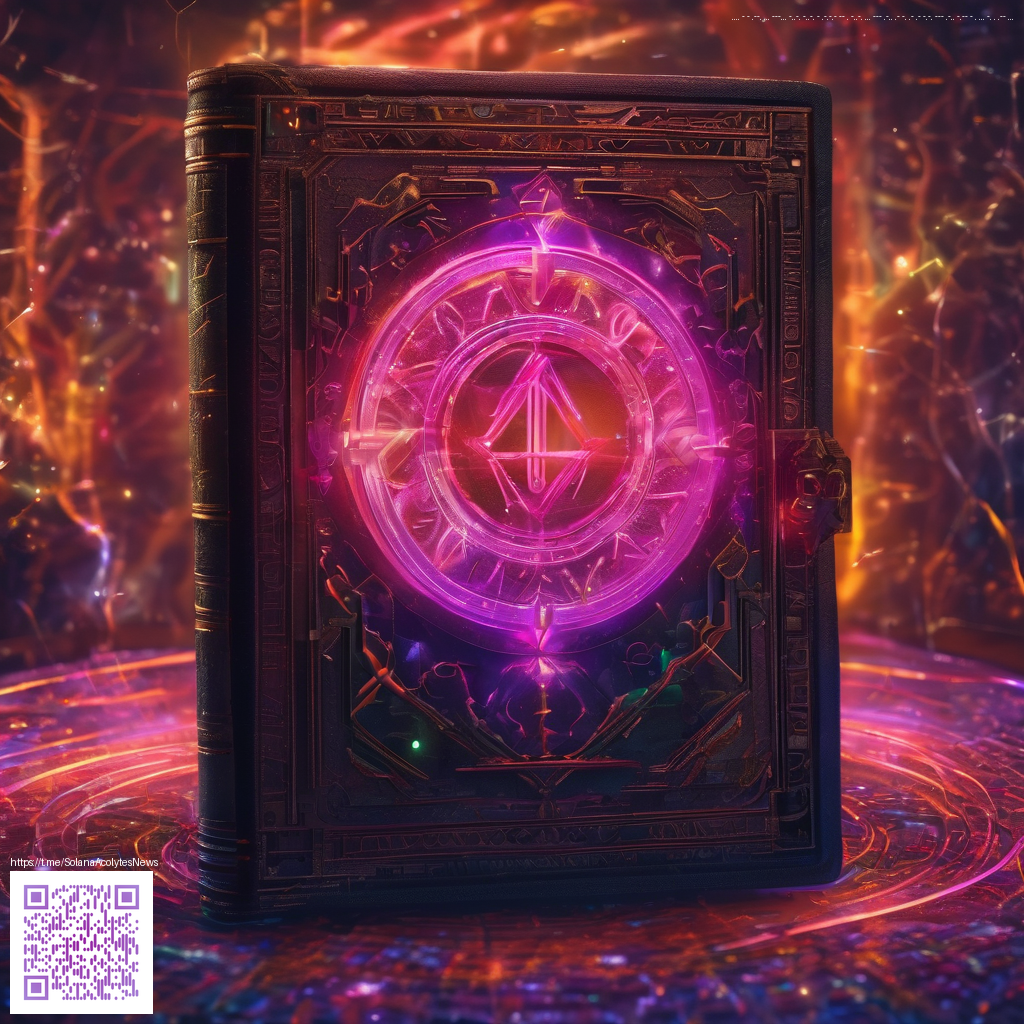
Redefining a Genre in a Wasteland of Possibilities
When a game lands in the middle of a genre and suddenly feels inevitable, you know something special happened. Fallout 3 did more than deliver a sprawling open world and a dense combat system it stitched together role playing with adrenaline fueled action in a way that reshaped expectations for post apocalyptic storytelling. This was not just about surviving the irradiated frontier it was about crafting a personal journey through a world that remembers you as you remember it back from the vaults. 💠
Gameplay ingenuity sits at the core of the transformation. The title anchored traditional RPG depth in a first person perspective and introduced a combat tempo that could shift from slow careful planning to bursts of decisive action. The VATS system offered a tactical layer that rewarded timing and positioning while letting players slip back into real time when the moment demanded it. This hybrid approach created a sense of agency that felt fresh yet familiar a signature Bethesda blend that would echo through later titles. The dialogue wheel simplified conversational stakes without sacrificing the nuance of character personalities and moral ambiguity.
Open world design plays a starring role in the shift. The Capital Wasteland is not just a setting it is a character you can influence through choices that ripple across quests, factions, and endings. Side missions feel meaningful because they are threaded into a wider ecology of factions and survival logic. Scavenging, crafting, and weapon customization evolved into a loop that encouraged experimentation rather than repetition and every ruin offered a reason to investigate rather than bypass. The result is a gameplay loop that invites repeated explorations and fresh routes through familiar locations. 🌑
World building earns its stripes through authenticity and consequence. The atmosphere balances hope with danger from corrupted metros to quiet, eerie sanctuaries. Players feel empowered to define their stance within factions while encountering meaningful branching paths that adjust how the story unfolds. The exploration is not a cosmetic backdrop it is a vehicle for personal storytelling and emergent moments that players celebrate and share with the community. What you choose often determines what you remember about your time in the wasteland. 👁️
From a design perspective the title helped normalize the idea that a post apocalyptic setting can be both ruggedly tactile and emotionally expansive. The world reacts to you in tangible ways and that responsiveness becomes a heartbeat for the entire experience. Players learned to balance risk and reward their decisions shaping alliances, scouring for scarce resources, and managing the tension between survival and discovery. This is where genre redefining happens not in a single feature but in the way a game threads disparate systems into a coherent, living world.
From the development desk the team framed the project as a chance to merge two enduring strengths a story rich with consequence and a world that invites hands on exploration. The goal was to invite players to become archivists of their own journey in a setting that rewarded curiosity as much as courage
Post launch content reinforced the enduring appeal. The first wave of downloadable chapters expanded the horizon rather than replacing it. Adventures that dragged players into new locales cast new light on factions and the moral complexities of the wasteland. The GOTY edition later bundled all add ons, emphasizing the studio belief that the game was not a finished product but a living platform for ongoing experimentation and community driven storytelling.
The community around this title embraced modding as a core extension of the experience. The official kit and third party tools unlocked a flood of user created content that added fresh quests, respawn patterns, and re imagined locales. Mods transformed combat pacing, introduced radical character builds, and even stitched together entirely new narratives that felt at home in the same desolate world. The culture around modding became a proving ground for ideas that would influence later titles and set expectations for post release vitality.
From a developer perspective the imprint is clear. The team leaned into a philosophy of durable systems that could endure updates and expansions. This openness encouraged players to tinker and to interpret the setting through their own lenses. It is easy to see why the game left a lasting impression on designers who followed and on players who still swap favorite moments during late night sessions. The blend of structural depth with accessible action created a template that many would attempt to emulate while adding their own twists.
In the years that followed, the title influenced how studios approached open world role playing the balance between exploration and consequence became a common benchmark. It validated the idea that a strong narrative can coexist with a flexible play style and modular content that invites continuous experimentation. For fans of the genre this was a turning point a reminder that the wasteland can feel endless and personal at the same time.
As a cultural artifact the game also helped shape conversations about player choice and world state. The idea that your decisions carry weight in a sprawling map encouraged communities to discuss outcomes, compare save files, and debate which endings felt most earned. The result is a legacy that goes beyond the thrill of exploration or the satisfaction of a clean loot haul it is about the culture of agency and curiosity that thriving modding ecosystems and vibrant fan discussions continue to celebrate.
Support the decentralized internet